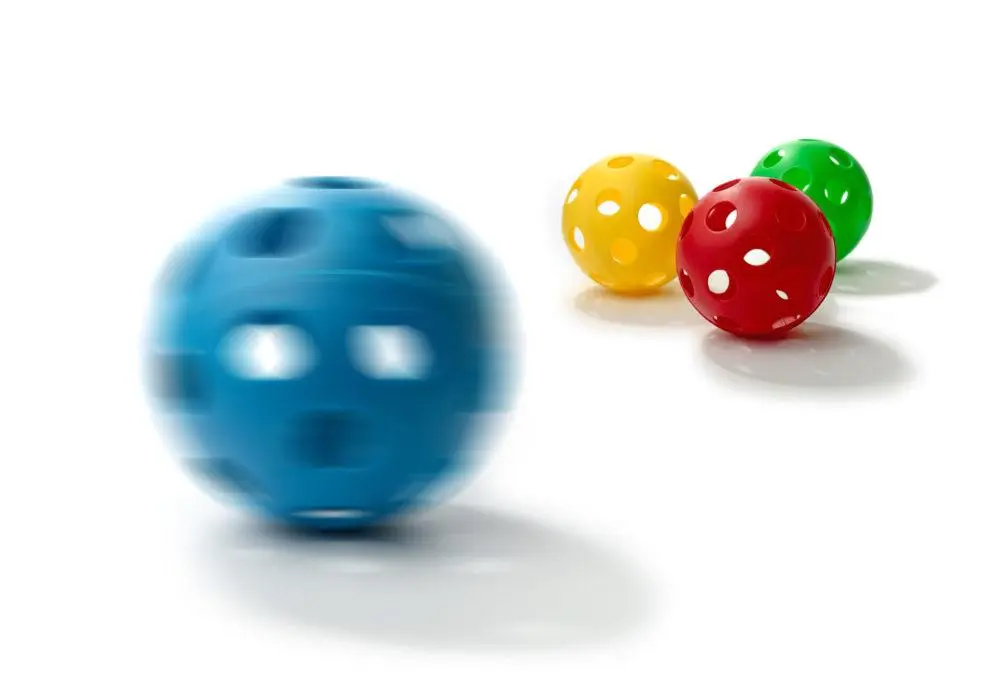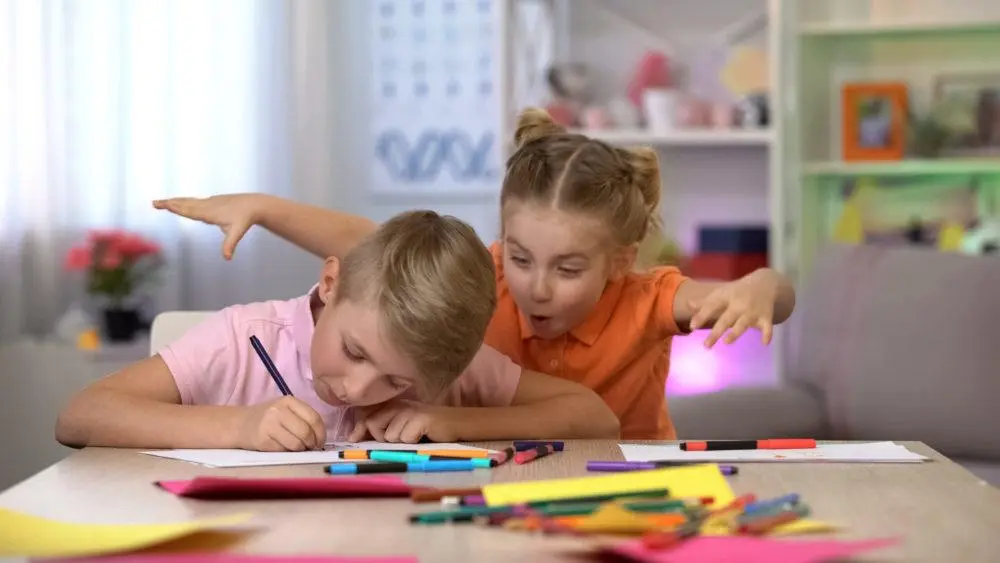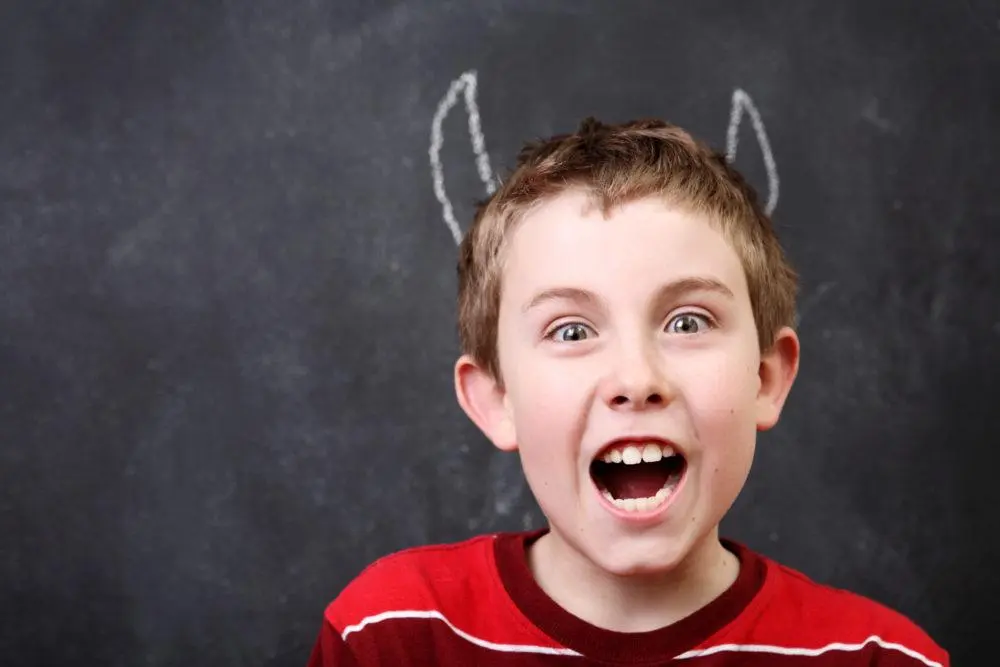What do you imagine when you hear from someone about hyperactivity? A child running around nonstop and sticking his little nose everywhere? A twitchy teenager who perceives the whole world with hostility? A restless restless schoolboy ignoring the teacher right during the lesson? In psychology and psychiatry, hyperactivity is a condition of a person and not necessarily a child, in which activity and excitability exceed normal levels. At the same time, the degree of deviation from the norm allows us to assess the condition as a behavioral and mental disorder. Hyperactivity has a stable, pronounced emotional background and is regarded as a manifestation of the instability of the nervous system.

Causes of hyperactivity
Modern medicine confidently reveals the presence of hyperactivity syndrome in early childhood by a set of characteristic features. Even before the child takes the first steps, says the first words, the doctor can draw preliminary conclusions about the likelihood of the baby developing hyperactivity syndrome. At risk are:
newborns who have received a birth injury as a result of untimely or unskilled obstetric care, improper behavior of a woman in labor during childbirth, or other circumstances that affected their course and resolution;
babies born as a result of premature, rapid or difficult births;
children who have had lead poisoning, are malnourished for age, or have had certain infectious diseases and have not received adequate treatment.
It is worth noting that the occurrence of hyperactivity syndrome also depends to some extent on gender. According to official statistics, confirmed by the practical data of children’s psychological and neuropsychiatric centers, hyperactivity is four times less common in girls than in boys.
Pediatricians, neonatologists and pediatric neurologists attribute this fact to later brain development in boys. In addition, they, as a rule, are born noticeably larger than girls, which complicates the course of childbirth and increases the risk of intrauterine or birth trauma.

How to recognize hyperactivity in children?
Previously, it was believed that it was almost impossible to diagnose hyperactivity syndrome at an early age. Parents began to sound the alarm only when their baby went to first grade. Such children ignored the requirements of school discipline, did not possess perseverance and attentiveness, composure. Against the background of classmates whose development was within the normal range, such deviations became immediately noticeable. Naturally, all these problems automatically affected the student’s progress. Today, hyperactivity syndrome can be diagnosed as early as two or three years.

Hyperactivity and Attention Deficit Disorder
Almost never mental and neurological abnormalities can do without a whole range of concomitant conditions, abnormalities and diseases. And hyperactivity is very often combined with attention deficit disorder. Such a «symbiosis» is usually denoted by the abbreviation — SGDV. An accurate diagnosis of this condition requires confirmation that the child has at least six of the nine mandatory signs:
- It is difficult for a child to concentrate on a certain subject, its individual details.
- The performance of any action is associated with negligence, indiscriminateness.
- There is no composure, purposefulness, the child cannot complete any work begun.
- Absent-mindedness and ignoring the appeal addressed to him.
- A categorical unwillingness to perform tasks that require mental work.
- Inability to focus on a specific task, loss of attention and concentration, constant distraction from the goal to any external stimuli.
- Disorganization, inability to comply with the time frame set by the daily routine.
- The tendency to frequent change of occupations, chaotic choice, not due to conscious interest.
- Forgetfulness in everyday life.
If at least two-thirds of these signs are constantly observed in a child, the doctor can make a reasonable diagnosis and prescribe an age-appropriate treatment.

Consequences of hyperactivity
Difficulties with learning are far from the only problems that hyperactivity can lead to if it is diagnosed late or treatment is ignored at an early age.
Much more serious may be the impossibility of full communication with peers and adults, the lack of social adaptation. An unsocialized child with age becomes a problem not only for others, but also for himself. Society does not accept people with unpredictable behavior, unstable mentality and atypical reactions, rightly fearing them and rejecting them. Against this background, low grades and poor writing skills no longer look so depressing.
Not to be confused with rudeness!
Due to the peculiarities of the manifestation of hyperactivity in children, the combination of the syndrome with impulsivity is often confused with ordinary pedagogical neglect. The child is unable to keep himself in place, he bounces, dangles his legs, fidgets, takes off and comes back, interrupts adults and argues with peers. Waiting for their turn is an impossible task for them. In this case, little depends on the quality of home education, since the problem lies not in relationships in the family, but in the very state of the child.









